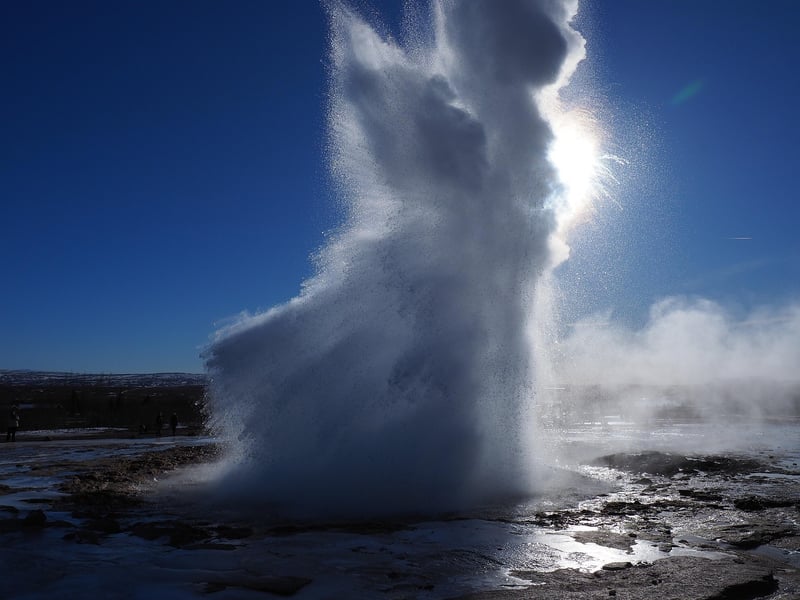Extreme Environments Study
Exploring Life in the Universe: Extreme Environments Study
Our universe is vast and full of wonders, with the potential to harbor life in the most extreme environments. Scientists and researchers have long been intrigued by the possibility of life beyond Earth and have been studying various extreme environments to understand the conditions necessary for life to thrive.
Extreme Environments on Earth
Earth itself hosts a wide range of extreme environments that provide valuable insights into the adaptability of life forms. From the scorching hot deserts to the freezing polar regions, life has found ways to survive and even thrive in these harsh conditions.
Deep-Sea Hydrothermal Vents
Deep-sea hydrothermal vents are one such extreme environment where life exists in the absence of sunlight, relying on chemosynthesis instead of photosynthesis. These vents support a diverse ecosystem of unique organisms adapted to high temperatures and pressure.

Atacama Desert
The Atacama Desert in South America is one of the driest places on Earth, receiving minimal precipitation. Despite the arid conditions, microbial life has been found in the soil of the Atacama, demonstrating the resilience of life forms.

Implications for Astrobiology
Studying extreme environments on Earth provides valuable insights for astrobiologists searching for life in the universe. By understanding how life adapts to and thrives in extreme conditions on our planet, scientists can better identify potential habitats for life beyond Earth.
Conclusion
Exploring life in the universe is an exciting endeavor that involves studying extreme environments both on Earth and in space. By unraveling the mysteries of life in extreme conditions, researchers are one step closer to answering the age-old question: are we alone in the universe?
